japanese maple in winter
adkjoe
14 years ago
Related Stories

TREESGreat Design Plant: Coral Bark Japanese Maple, a Winter Standout
Go for garden gusto during the chilly season with the fiery red stems of this unusual Japanese maple
Full Story
TREES11 Japanese Maples for Breathtaking Color and Form
With such a wide range to choose from, there’s a beautiful Japanese maple to suit almost any setting
Full Story
GARDENING GUIDES12 Japanese Maples for a Sunny Garden
The right maple in the right place shines in hot summer sun
Full Story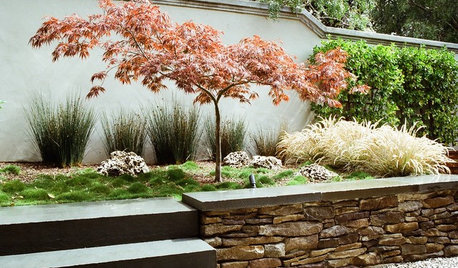
GARDENING AND LANDSCAPINGGreat Design Tree: Japanese Maple
Lacy form and fiery fall color make Japanese maple a welcome tree for garden or patio
Full Story
GARDENING GUIDES13 Japanese Maples for Shade
A surprising variety of these understory trees is waiting to make a statement in your shade garden
Full Story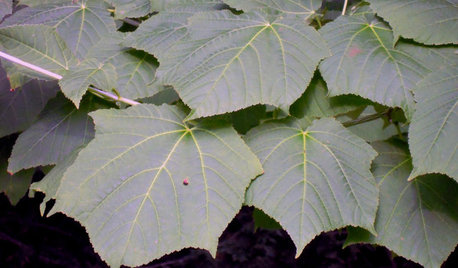
GARDENING GUIDES5 Amazing Small Maple Trees
There's more to maples than syrup. Expand your maple milieu with any of these 5 small and unusual trees
Full Story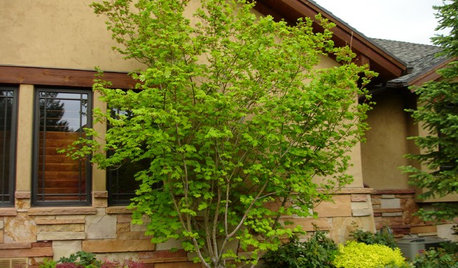
LANDSCAPE DESIGNGreat Design Plant: Vine Maple
Exciting year-round color and adaptability make this highly ornamental native small tree a top choice for home gardens
Full Story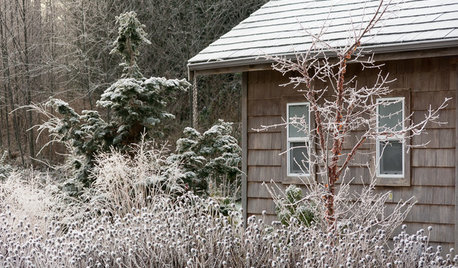
WINTER GARDENINGLook Beyond Plants for a Wonderful Winter Garden
Use sculptures, fences and other structures to draw the eye to a bare-bones landscape
Full Story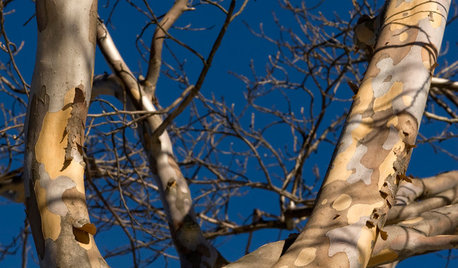
WINTER GARDENING8 Gorgeous Trees for Winter Interest in the Garden
Intriguing forms and beautiful branches take center stage when color heads back into the wings of the winter landscape
Full Story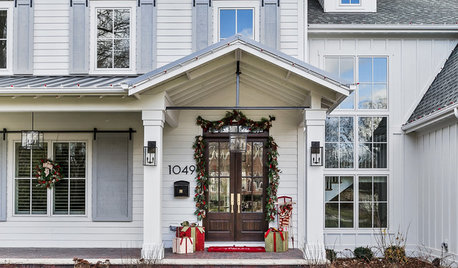
CURB APPEAL9 Ways to Boost Winter Curb Appeal
No blossoms and a barren yard? You can still make your home attractive and inviting from the street
Full StoryMore Discussions








tapla (mid-Michigan, USDA z5b-6a)
alexandre_picquot_gmail_com
Related Professionals
Canton Landscape Architects & Landscape Designers · 70037 Landscape Architects & Landscape Designers · Camas Landscape Architects & Landscape Designers · South Elgin Landscape Architects & Landscape Designers · Towson Landscape Architects & Landscape Designers · Finneytown Landscape Architects & Landscape Designers · Bethlehem Landscape Contractors · Clark Landscape Contractors · Deer Park Landscape Contractors · New Cassel Landscape Contractors · Seven Hills Landscape Contractors · Natick Decks, Patios & Outdoor Enclosures · Reisterstown Decks, Patios & Outdoor Enclosures · West Palm Beach Decks, Patios & Outdoor Enclosures · Scotts Valley Decks, Patios & Outdoor Enclosurestapla (mid-Michigan, USDA z5b-6a)